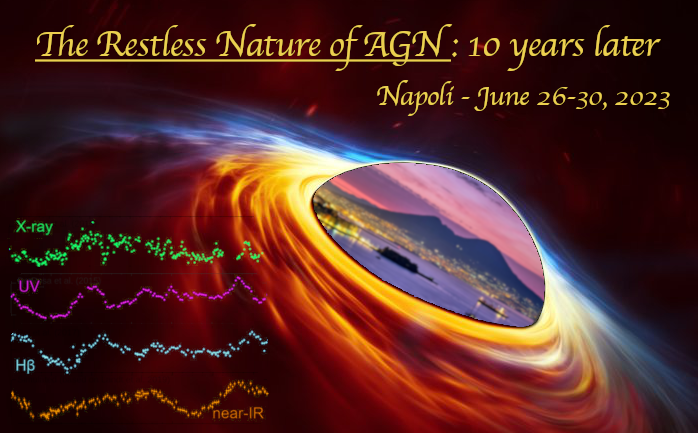Winds link the supermassive black holes at the heart of active galactic nuclei (AGN) to their environment. Combined high-resolution UV and X-ray spectroscopy is a crucial tool to advance our understanding of the origin and role of these outflows in AGN. I present results from recent studies investigating the physical connection between different forms of outflows that have been found in AGN. I...
It is clear that an important part of the AGN self sustenance, as well as its connection with the surrounding, is constituted by powerful outflows, detected in a large fraction of objects. Winds can be considered as the messenger in the communication between the AGN and the galaxy.
Different wind components co-exist in the same source, often with drastically different properties in terms of...
We present the results of a South African Large Telescope (SALT) spectroscopic monitoring to study the time variability of C IV BALs in a sample of 64 quasars showing ultra-fast outflow (UFO) with v$_{outflow,max}$ > 15000 kms$^{-1}$ in their spectra. We also created a sample of non-BAL quasars from SDSS DR12 matched in redshift and luminosity. Our UFOs show more blueshift of CIV BEL than...
Line driving is a promising explanation for AGN winds as it provides both a launching mechanism and an explanation for the absorption and emission lines in spectra. As the community moves towards multi-wavelength and multi-epoch observations, our modelling of AGN systems must likewise follow suit to leverage these new capabilities. For line driving to be a viable acceleration mechanism two...

